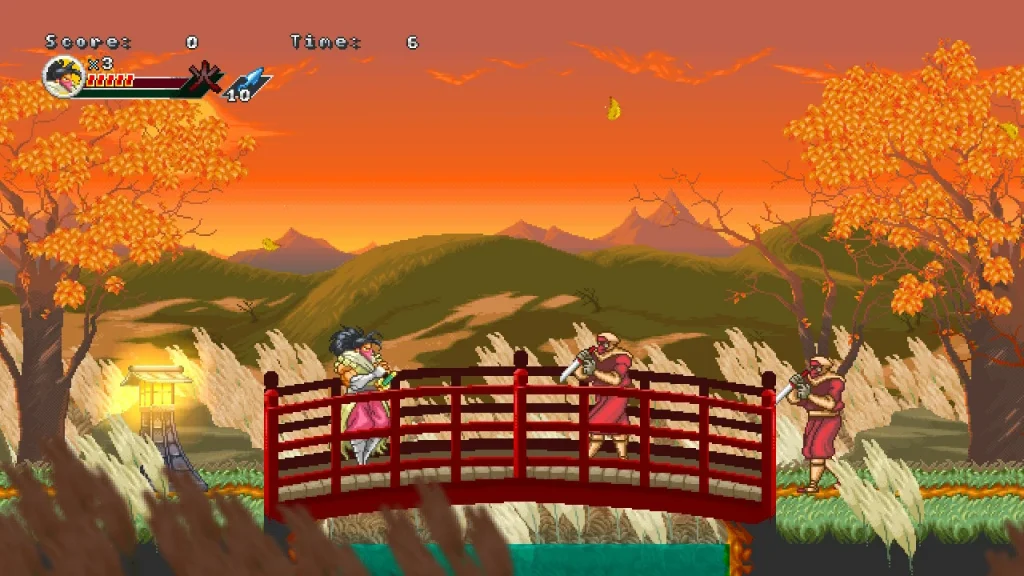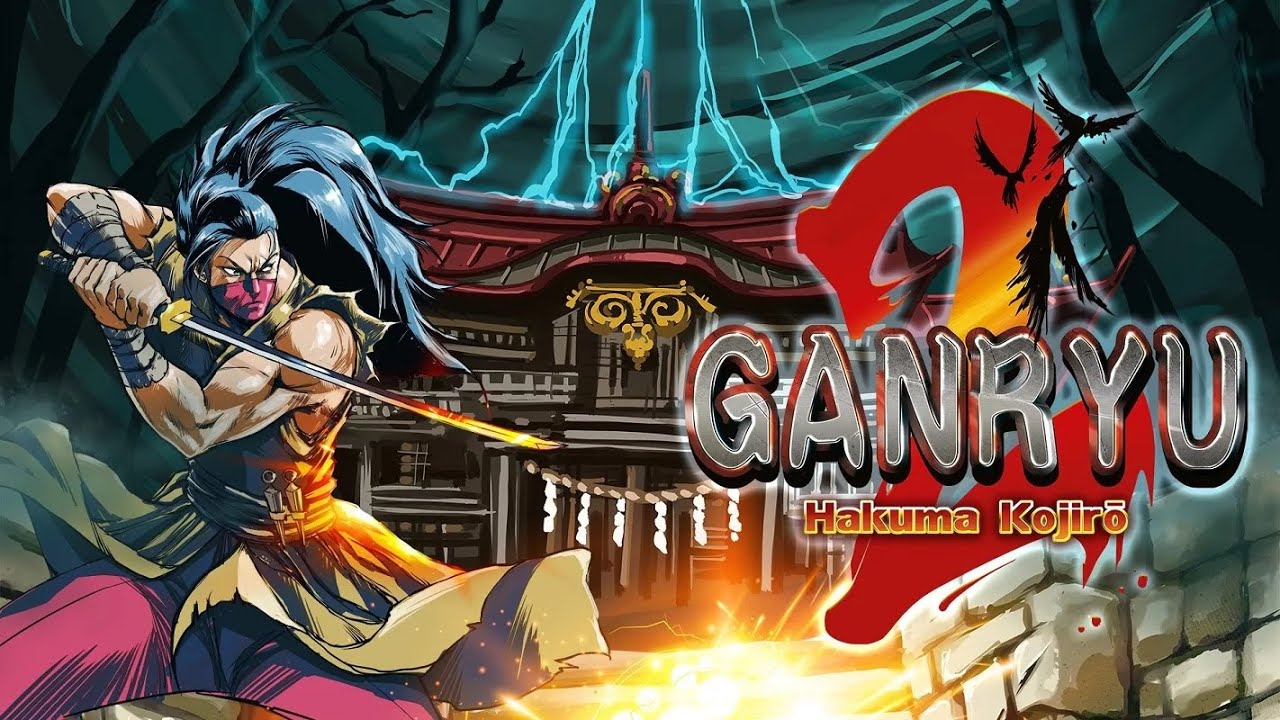Over the past few weeks we have had the opportunity to rehearse for a long time Ganryu 2, a sequel that arrives slightly late, since the original title dates back to 1999. The protagonist, as in the original game, is the historical character of Miyamoto Musashibut let’s find out what are the arrows in the arc of this video game in ours review at Ganryu 2.
Ganryu 2: our review
First of all, what kind of game is Ganryu 2? On balance it is a action 2D, which winks at the hack ‘n slash genre understood in the purest sense of the term, since it is precisely the action that reigns supreme from the beginning to the end of the good Miyamoto’s adventure for Japan. Our main weapon will be, as was to be expected one katanabut not only.
In fact, we can also throw gods kunai and use a wide range of special abilities as soon as their requirements are met. The whole playful offer of the game is focused on its combat system, which is also the strong point of the game, after understanding how the logic of combat works.
However, just after a few minutes of play, you immediately realize a very important factor and that will accompany the experience of Ganryu 2 from start to finish: it is a game extremely difficult and not very permissive with regard to errors on the part of the player. The model is clearly the arcade one, which brings with it specific strengths and limitations.
If on the one hand the satisfaction in completing a certain part of the level or in finally being able to defeat a given enemy is great, on the other hand the game balance is such as to often cause frustration in the user; with passages that require pinpoint precision in order to advance in the main story.
A fluctuating experience
Ganryu 2 punctuates his long gameplay experience five main levels, in the progression takes place in a linear way with the only request to make our way, enemy after enemy, up to the final boss of the area. The opponents that we will face take with both hands from the Japanese folk imagination, from the simple ninja, up to the Yokai, which seemed stylistically rather inspired, even if simple in the graphic realization.
Although in general the level design is more than enough, we have found several moments in which the pixel art dropped sharply in quality, going to contrast sharply with different elements on the screen instead made down to the smallest detail. Very inelegant element that undermines the player’s immersion in the game context.

Another flaw is the total inability to move the camera to examine the surroundings, which creates many problems when, for example, we have to throw ourselves off a ledge, since we often and willingly ended up in the head of enemies, taking damage without the possibility of appeal. Added to this is the fact that occasionally the game does not record our inputs, which, we are not to specify, is not exactly the top in such a less permissive title.
The title as a whole remains enjoyable, and as a classic experience it does its duty without daring in any specific direction. Too bad for these defects that significantly compromise the gaming experience in several points, since otherwise it would certainly have been a much more fun and complete video game.
PRO
- Excellent artistic direction
- Challenging difficulty
- Great action platform sections
AGAINST
- Sometimes the graphic detail is missing
- Input lag
- Fixed camera













Leave a Reply
View Comments